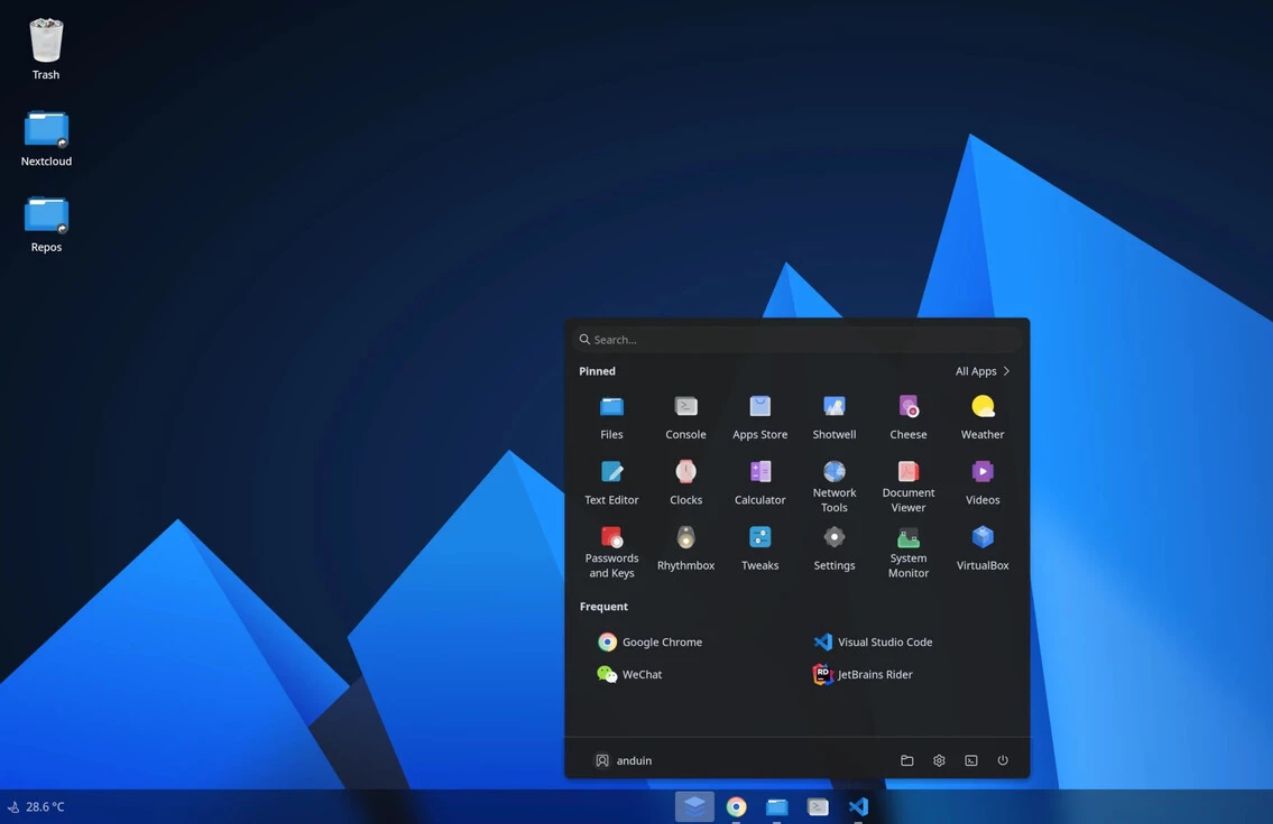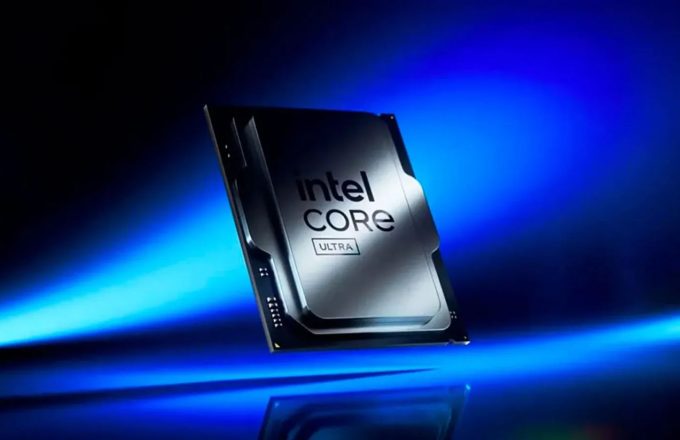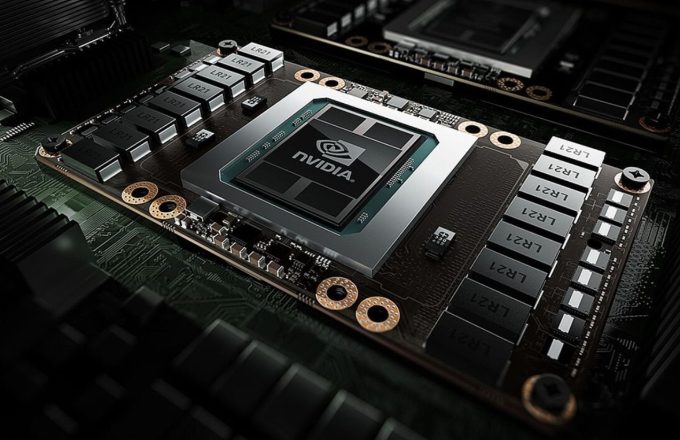With the end of official support for Windows 10 just around the corner, millions of users are being forced to explore alternatives. Amid this transition, a new operating system has begun catching the attention of the tech community: it’s called AnduinOS — a Linux distribution that mimics the look and feel of Windows 11. And, perhaps most surprisingly, it was created by a Microsoft engineer.
Far from being a corporate initiative or a crusade for free software, AnduinOS is the personal side project of Anduin Xue, a Chinese software engineer who works at Microsoft (though not on the Windows team). His goal isn’t to shake up the Linux ecosystem but to offer a lightweight, functional, and visually familiar experience. The latest release, AnduinOS 1.3, is based on Ubuntu 25.04 and was launched in May 2025.
Xue’s approach is subtle but effective: instead of replacing Ubuntu’s default GNOME desktop environment, AnduinOS customizes it through a carefully curated selection of themes and extensions. The result is an operating system that looks and behaves almost exactly like Windows 11 — from the centered Start menu to the icons, wallpapers, and window layouts.
One of AnduinOS’s standout features is its minimal resource usage. While a full Ubuntu GNOME installation can exceed 6 GB in download size, AnduinOS weighs in at just 2 GB. Once installed, it uses only 6.9 GB of disk space and about 1.3 GB of RAM on startup — making it a viable option even for older machines that can’t run Windows 11.
Another key decision was to remove Canonical’s controversial Snap packaging system in favor of Flatpak, with the GNOME software store configured to display only Flatpak-based apps. However, AnduinOS doesn’t come preloaded with office suites, email clients, or messaging apps — embracing the minimalist install approach Ubuntu adopted starting with version 23.10. This gives users full control over what to install and how to tailor their system.
What surprised many is the creator’s background. In a recent blog post, Anduin Xue explained that the project was born out of personal need: he wanted a Linux distro that was lightweight, user-friendly, and visually familiar. He has no plans to monetize the project — he doesn’t even accept donations — and maintains it simply as a hobby, spending just a few hours a month on it.
Despite being a one-person endeavor, AnduinOS stands out for its clear documentation, well-defined version history, and a published roadmap. The next major update, version 1.5, will be an LTS (Long-Term Support) release based on Ubuntu 26.04, ensuring more stability and extended support for its users.
Compared to other distros like Zorin OS, which also aim to attract disillusioned Windows users, AnduinOS sets itself apart with its simplicity, its respect for GNOME’s core design, and a no-bloat philosophy that empowers users to customize their systems as they see fit.
With Windows 10 set to reach end-of-life in October 2025, many PCs will be left without an official upgrade path to Windows 11. In that context, AnduinOS offers a gentle on-ramp to Linux — retaining the familiar visuals users are used to, while delivering solid performance and a refreshingly thoughtful design. It’s a reminder that innovation in the Linux world doesn’t always come from big companies or activist collectives — sometimes it comes from one person, just sharing what they built for themselves.




















